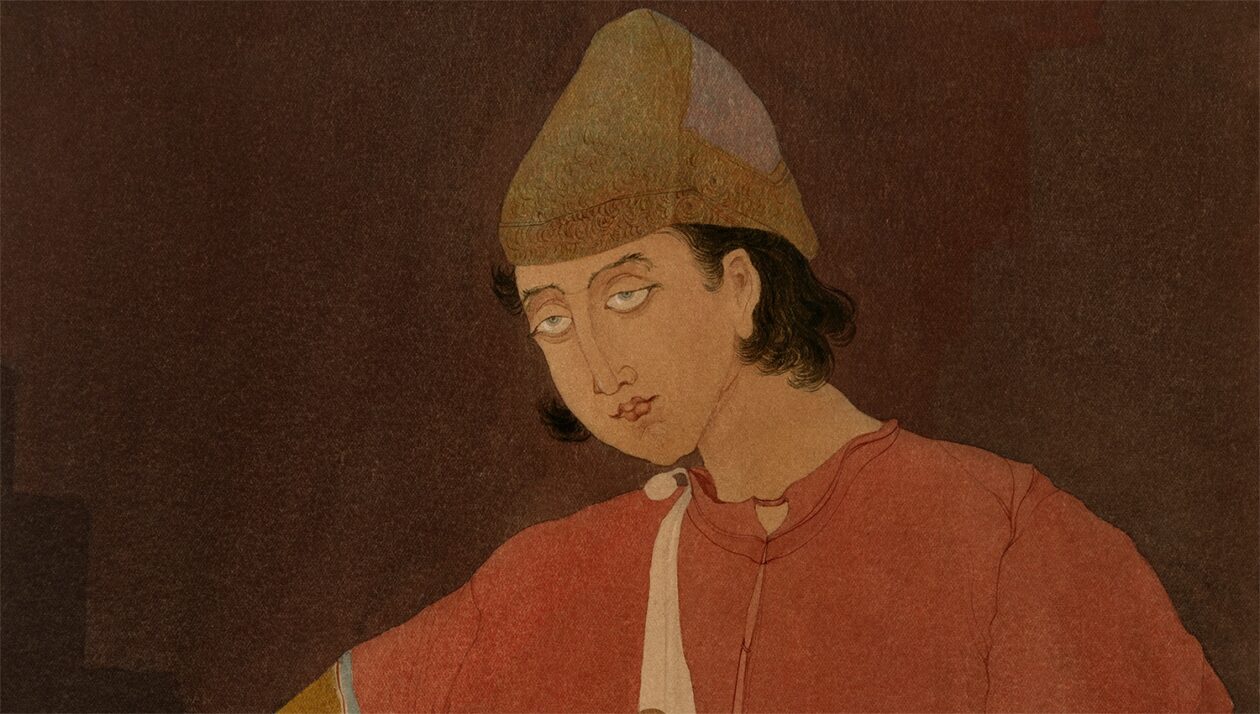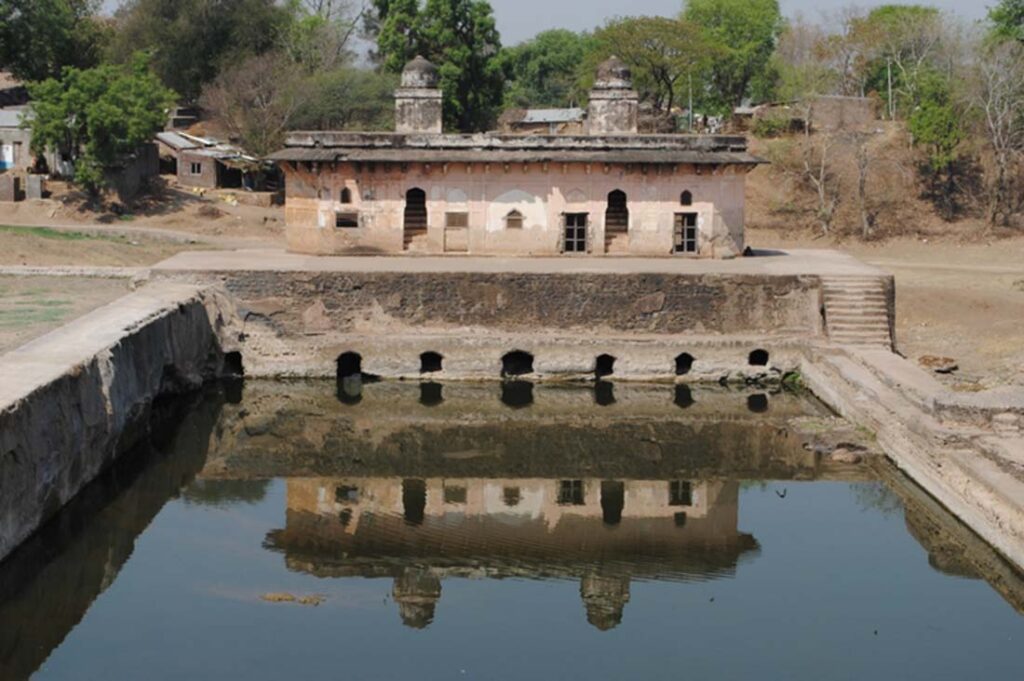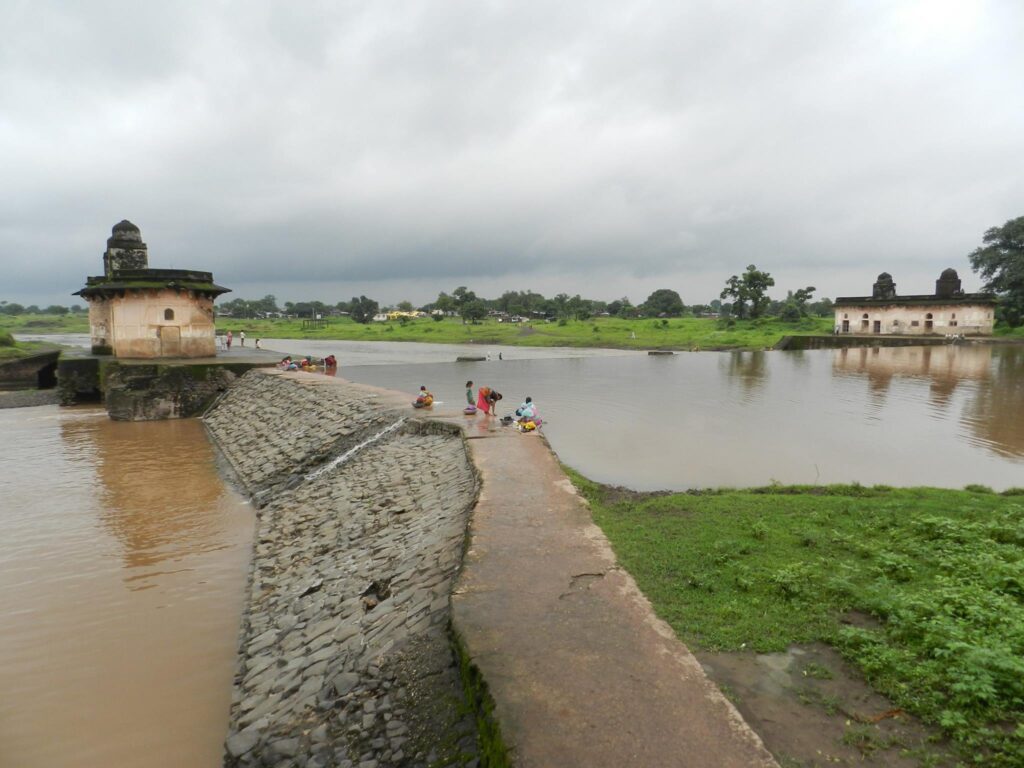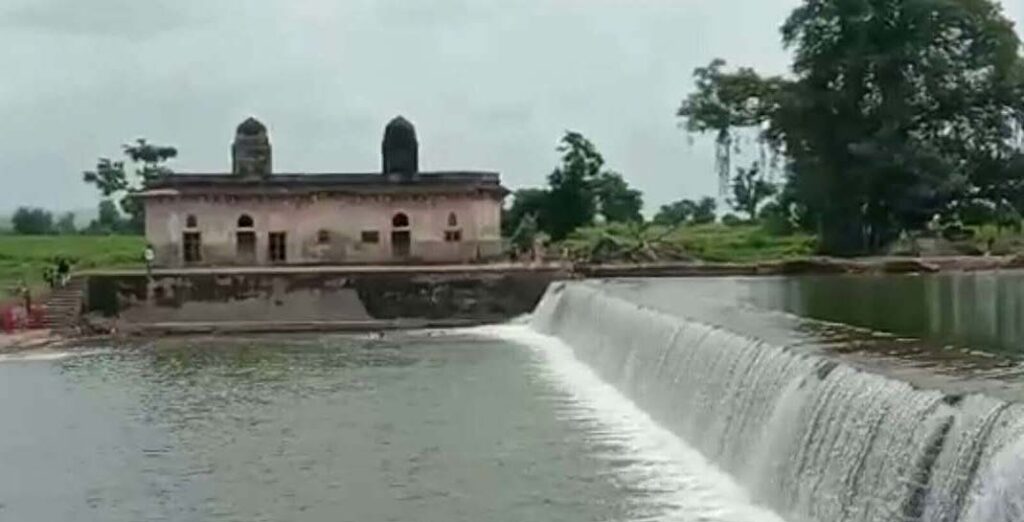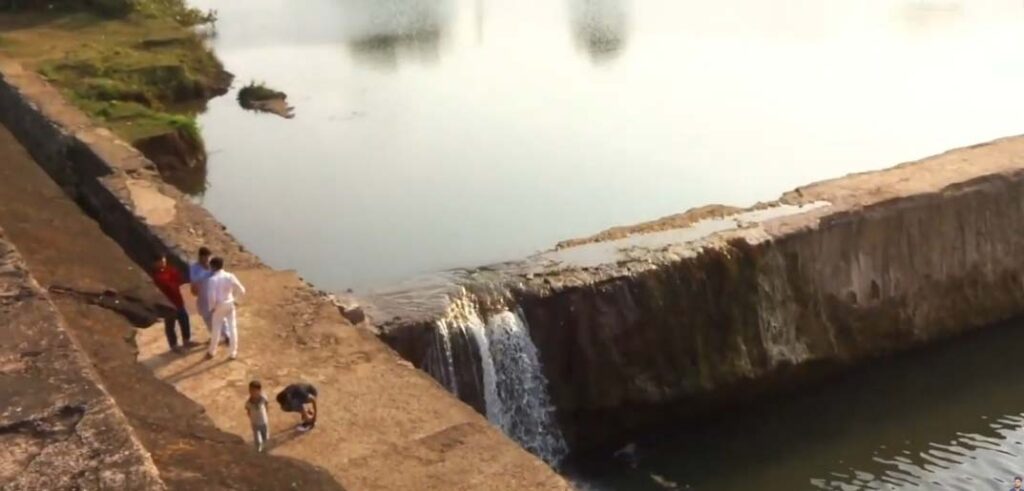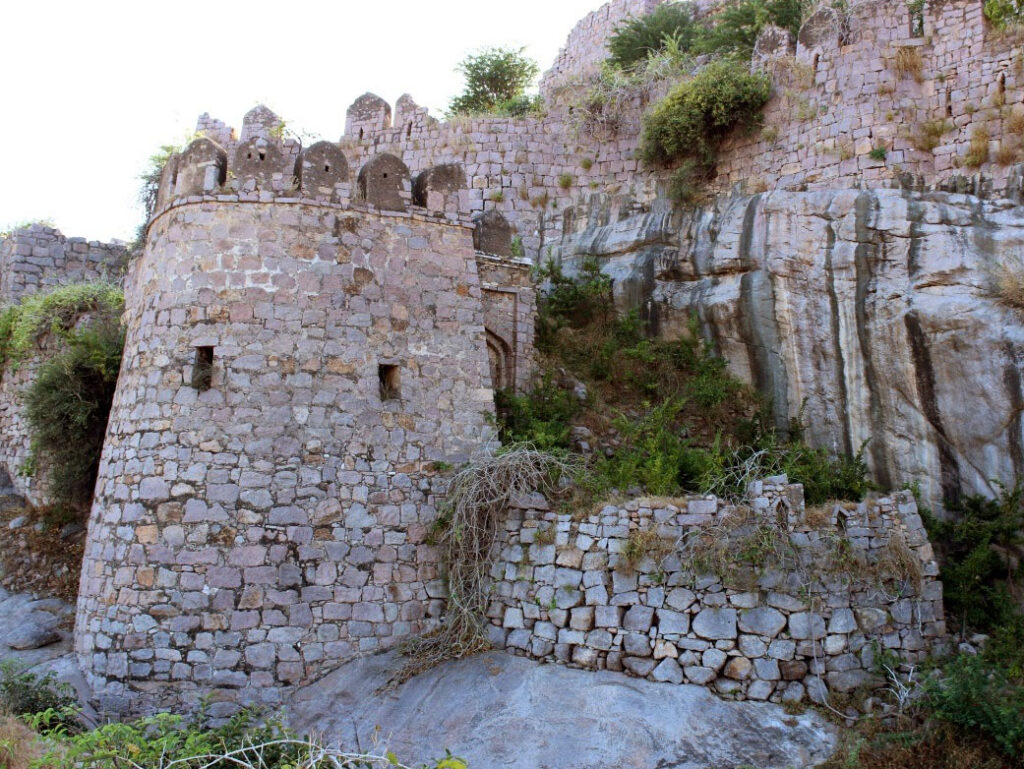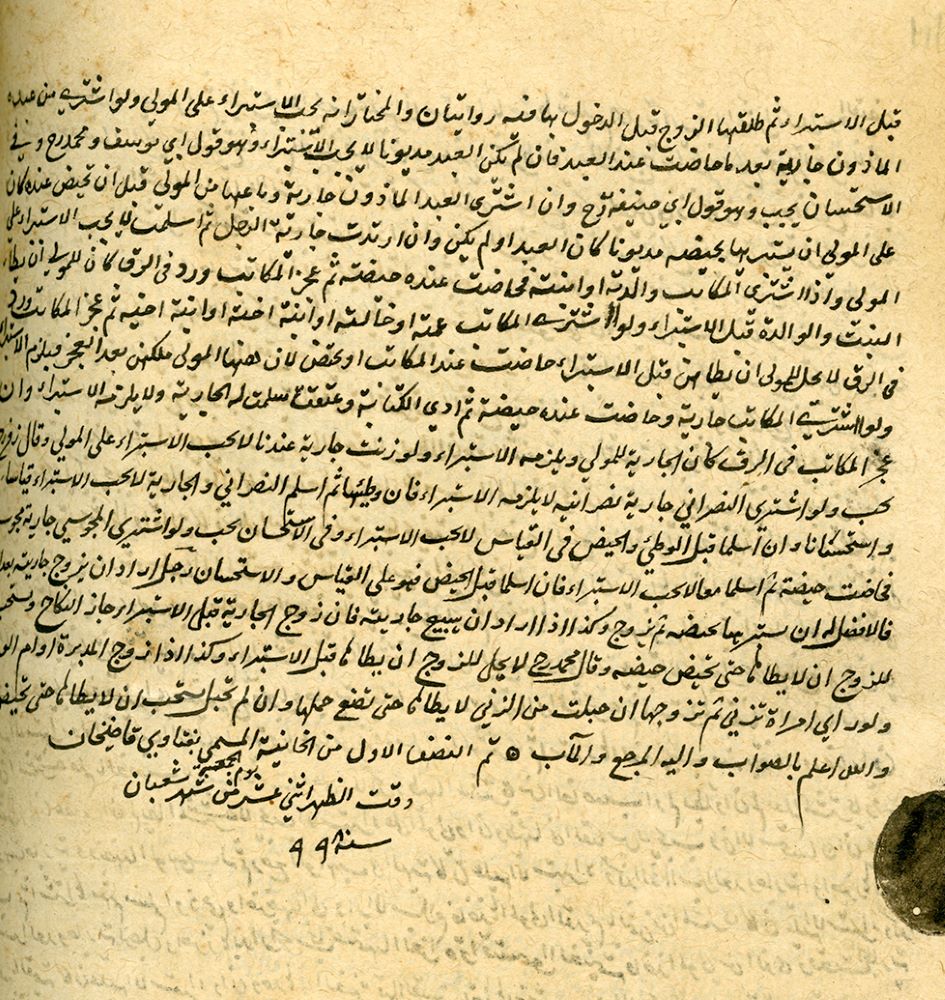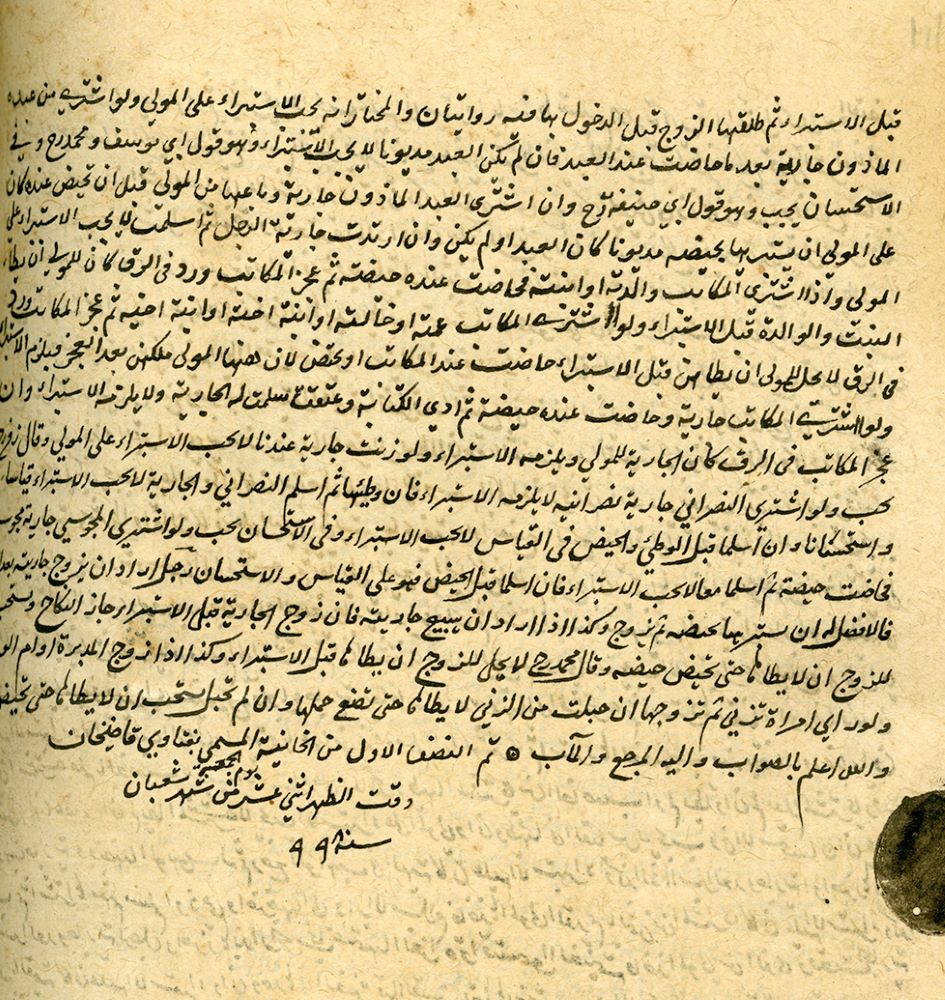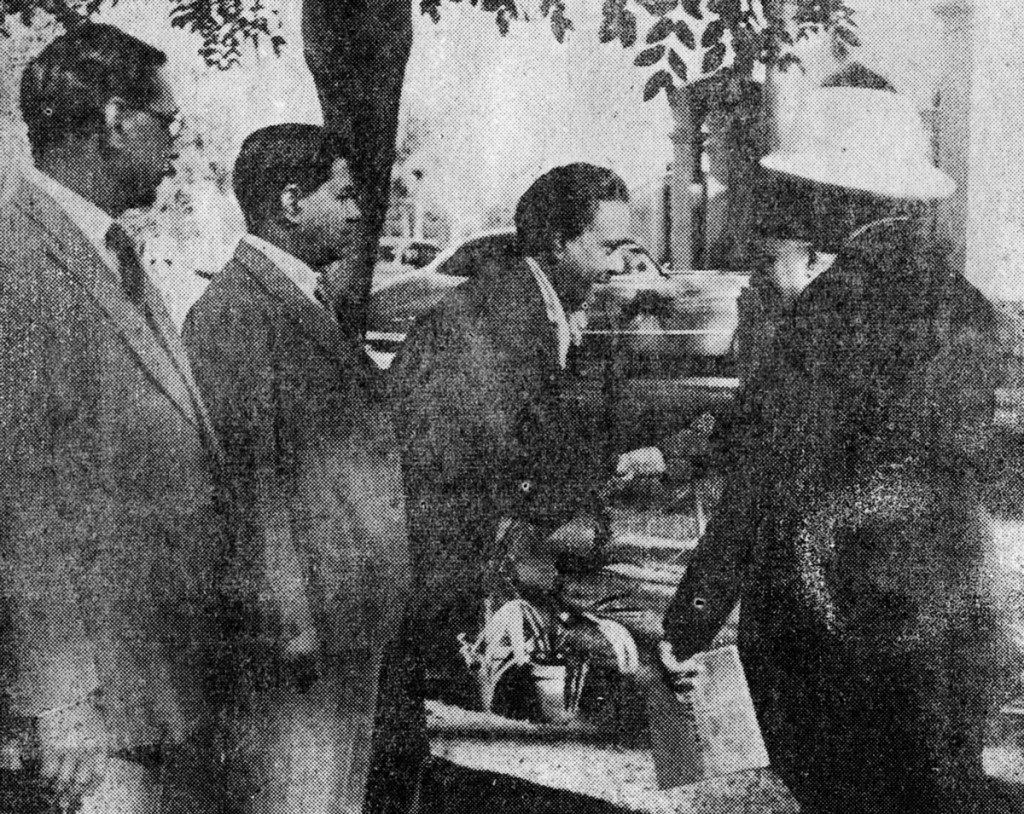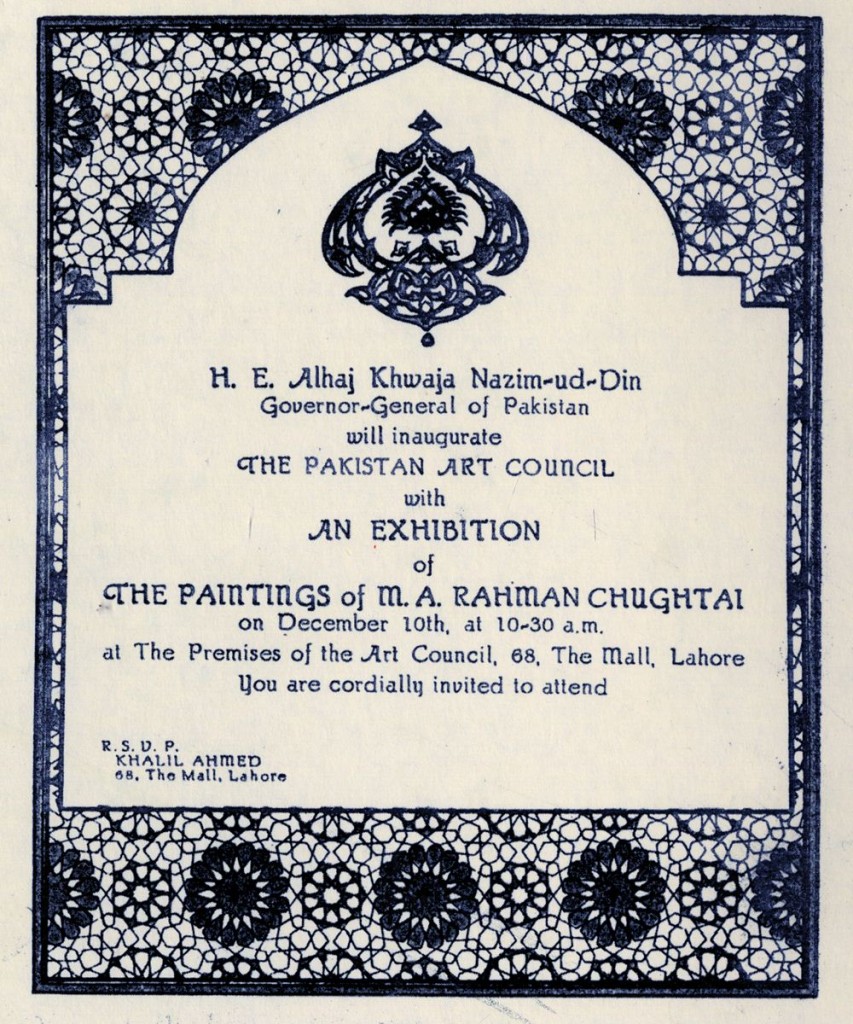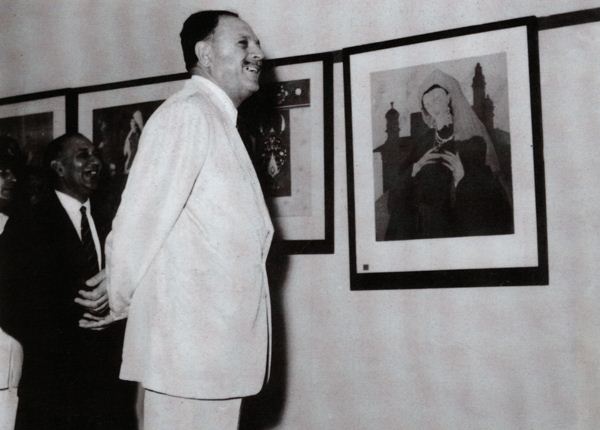IN SHAH JAHANS TIME BEFORE MUMTAZ MAHAL THERE WAS GULARA MAHAL;
BEFORE THE TAJ MAHAL, THERE WAS THE TWIN PALACE GULARA BURHANPUR.
The Shahjahannama does not list any Gulara Begum. And perhaps checking documents of the past nothing may be found. But in the important Mughal city of Burhanpur, there lies the twin palaces of Gulara Begum. She was a of Hindu origin and well versed in dancing and singing. And as a young Governor visiting Burhanpur in times of his father’s Jahangeer reign, Shah Jahan as Prince Khurram was introduced to this dancing queen, who captivated his heart. It is reported to be a fiery romance, which ended in the Prince marrying Gulara and gave her the name of Gulara Mahal, as royalty was subject in doing this all the time. To keep his romance alive, he built the twin palaces across the river Utawali, and declared it as a Palace of pleasure, or a palace of music. To drown the most eloquent music, was also the addition of the sounds of the water fall, and the water flowing under the palace itself. An innovation of great architectural wonder to this age.
The big halls are made to tune in voices of singers, and naturally acoustic speakers of our times. And OfCourse the beats of the various instruments played by the musicians. One can only imagine the musical evenings which were held here. Bur all that was made possible by architectural planning. Taking the river to a height with a dam so that the waterfall could be created in its depth. Gulara Mahal is in ruins but still intact as a structure. I do not think any serious study has been made of it. When its history is not known and only comes through word of mouth, certainly no scholarly study has been done on its architecture.
This is well known that the Chief Architect of Emperor Shah Jahan was Ustad Ahmad Mimar Lahori, and this Lahore connection can be judged from the fact that Shah Jahan himself was born in Lahore. He was an issue from Jogat Gosain, a Hindu lady, named as Bilquis Makani. The connection to Lahore was well known. The connection to Burhanpur is well known too. In fact, Mumtaz Mahal herself was buried there for some time. The fall in love with a Hindu musician was a trait of the Prince. And from a study it can be safely said that the architect of Gulara Mahal could very easily be Ustad Ahmad Mimar Lahori. Well done!
